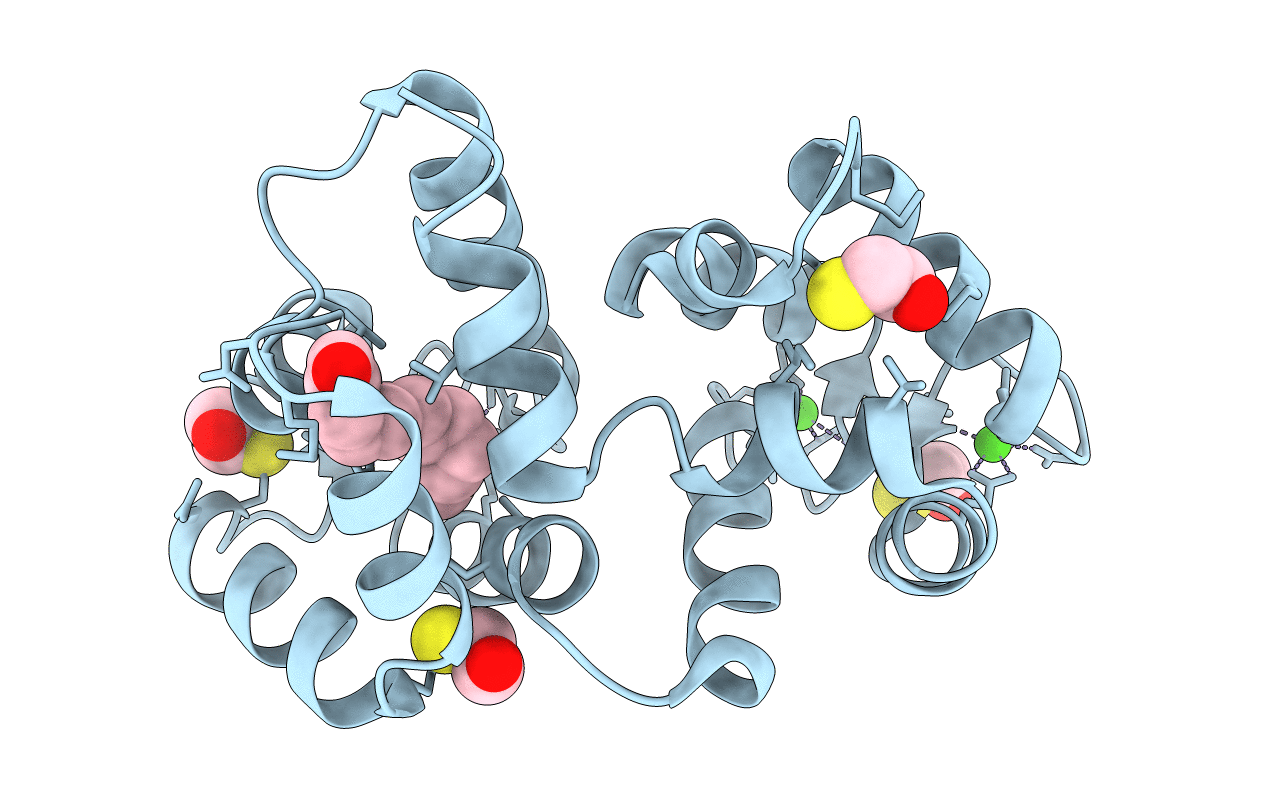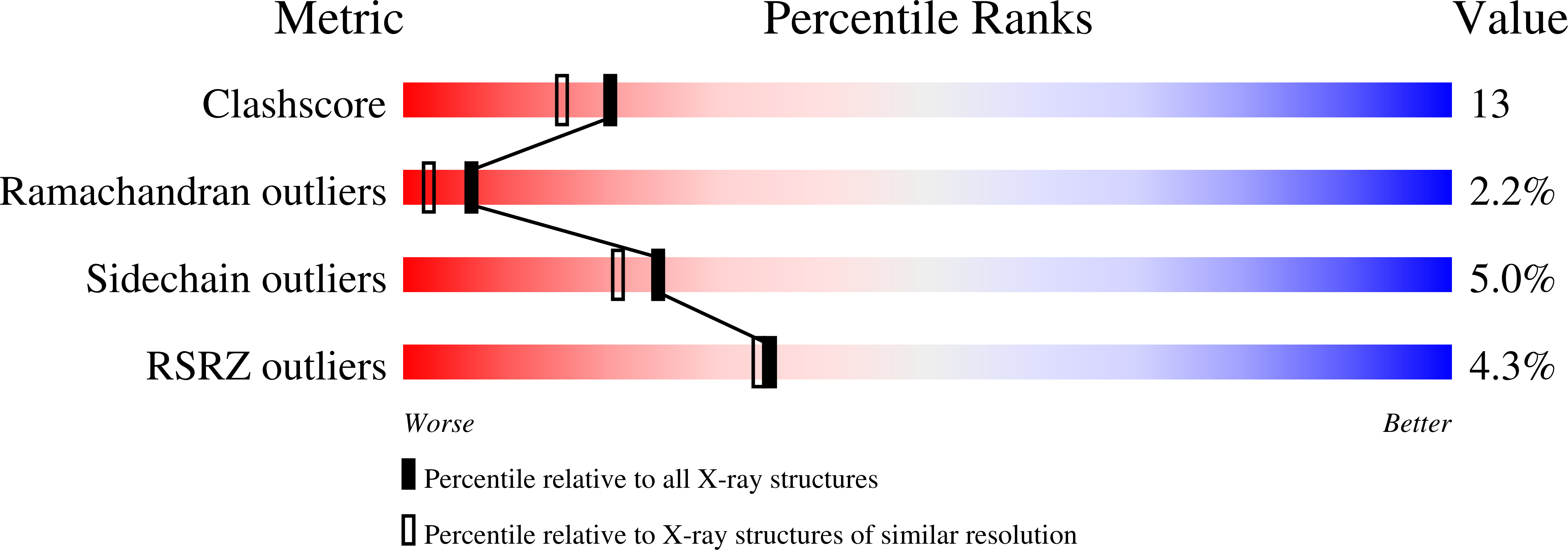
Deposition Date
2007-08-25
Release Date
2007-12-11
Last Version Date
2021-10-20
Entry Detail
PDB ID:
2R2I
Keywords:
Title:
Myristoylated Guanylate Cyclase Activating Protein-1 with Calcium Bound
Biological Source:
Source Organism:
Gallus gallus (Taxon ID: 9031)
Host Organism:
Method Details:
Experimental Method:
Resolution:
2.00 Å
R-Value Free:
0.25
R-Value Work:
0.21
R-Value Observed:
0.21
Space Group:
P 41 21 2


